From the end of January till the end of April 2022 we lived in an adorable Airbnb in Fernbrook, CA. This tiny unincorporated community is next door to Ramona, in San Diego County. When talking to San Diego locals no one had heard of Fernbrook, which just illustrates its tinyness and its seclusive nature.
We were totally spoiled by this spot which was located at the end of a small canyon between two shallow ridges. So right outside our door, we got a range of habitat types in just a tiny area. A small trail built by the hosts, and landowners lead up to one side of the ridge, which we walked almost every evening on the weekdays. It was like having a private reserve out our front door.
Take a look at our iNaturalist observations from San Diego County (image below), and the image below that shows our points around our tiny house in Fernbrook.
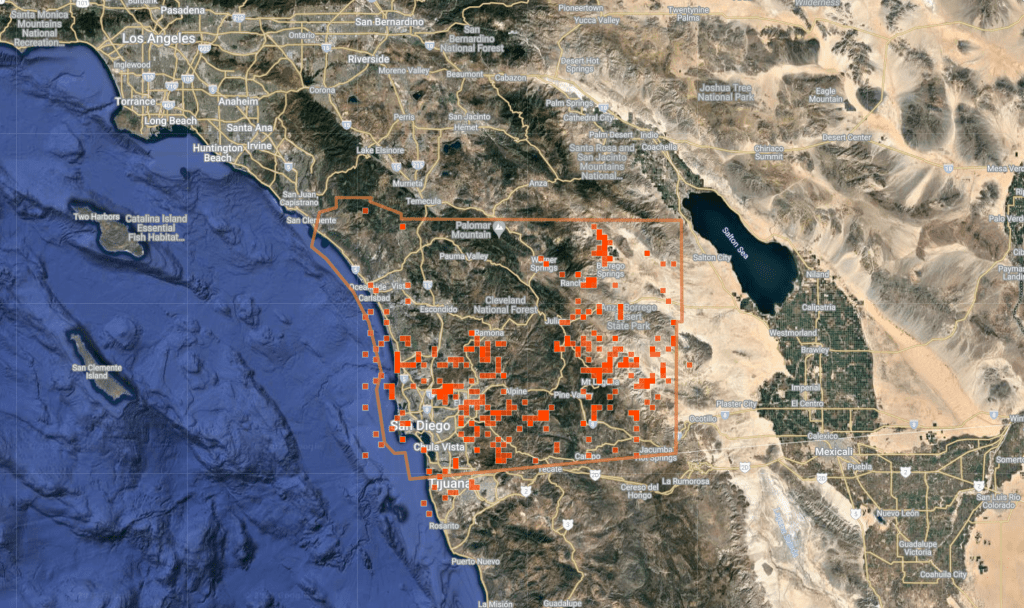

Since we were really tucked away in San Diego County the wildlife and bird life were ABUNDANT. California Quails, Spotted Towhee, California Towhees, Acorn Woodpecker, California Thrashers, Common Side-blotched Lizards, California ground squirrels, and Desert Cottontail, were consistently scruffling about, just feet away from us at times. One lizard, in particular, was a regular, gaining the name “stumpy,” due to his stumped tail. I will have a dedicated post of the birds I photographed on the property, so stay tuned.
This consistent cast of characters weren’t the only ones that frequented our abode’s edges. A whole host of birds visited the bird baths and shrubbery outside our windows. A small bobcat was a real treat to see, and dashed by our “driveway” a few times. Two mule deer moved swiftly across the canyon in front of our porch one afternoon as well, which for SoCal is a rare event.
Critter Breakdown:
According to our iNat:
- Insects: 477 species, 1,035 observations
- Plants: 91 species, 118 observations
- Birds: 22 species, 30 observations
- Fungi & Lichen: 16 species, 42 observations
- Reptiles, and Amphibians: 10 species, 12 observations
- Mollusks: 1 species, 3 observations
By deploying multiple live insect trap types and turning on the moth light essentially every night, the insect life was incredibly diverse. We – meaning mainly hubby Trevor – documented 161 species of moths alone! These high numbers are definitely made possible by passion and research, but also due to the fact that San Diego is the most biodiverse county in the continental United States! Wowza. Additionally, it contains an outstanding number of threatened plant and animal species, making it a biodiversity hotspot.
San Diego County’s mild Mediterranean climate and varied topography create a number of distinct habitats, including beaches, salt marshes and lagoons, coastal sage scrub, grasslands, chaparral, oak woodlands, riparian, mixed conifer forests, freshwater marshes and meadows, vernal pools, and desert. With all of this biodiversity, our county has been described by scientists as a conservation “hotspot” because of the large number of threatened and endangered species that reside here.
San Diego Audubon
By our iNaturalist map we got around. I can only think of one weekend where we didn’t spend two full days out botanizing, insect hunting, tidepooling, or documenting something natural. We went tidepooling 6 days, and camped about every other weekend including three trips to the Anza Borrego Desert.
So where did we go?
I broke it down by categories, and by no means is this the full list of spots we visited to snag a plant or two, or whatever we went on the hunt for.
- Botanizing & Bugging: San Diego County, Non-Anza Borrego State Park
- Horsethief Canyon
- Mount Laguna
- Lake Cuyamaca area
- Otay Open Space Preserve
- Mission Trails Regional Park
- Torrey Pines State Preserve, and Extension
- Penasquitos Creek Waterfall
- Crest Canyon Park
- Warner Springs
- Lost Valley
- Tijuana River County Open Space Preserve
- Iron Mountain Trailhead
- Tidepooling
- Bird Rock, La Jolla
- South Casa Beach
- Dockfouling: Shelter Island Boat Ramp
- Botanizing & Bugging: Anza Borrego State Park
- Coyote Canyon
- Henderson Canyon
- Fish Creek
- Sandstone Canyon
- Mountain Palm Springs Campground
- Culp Valley/ Montezuma Valley
- Shelter Valley (multiple places)
- Vallecito Stage Station County Park
- Agua Caliente Springs County Park & Beyond
Most Memorable Finds?
So which of these hundreds of critters were extra special?
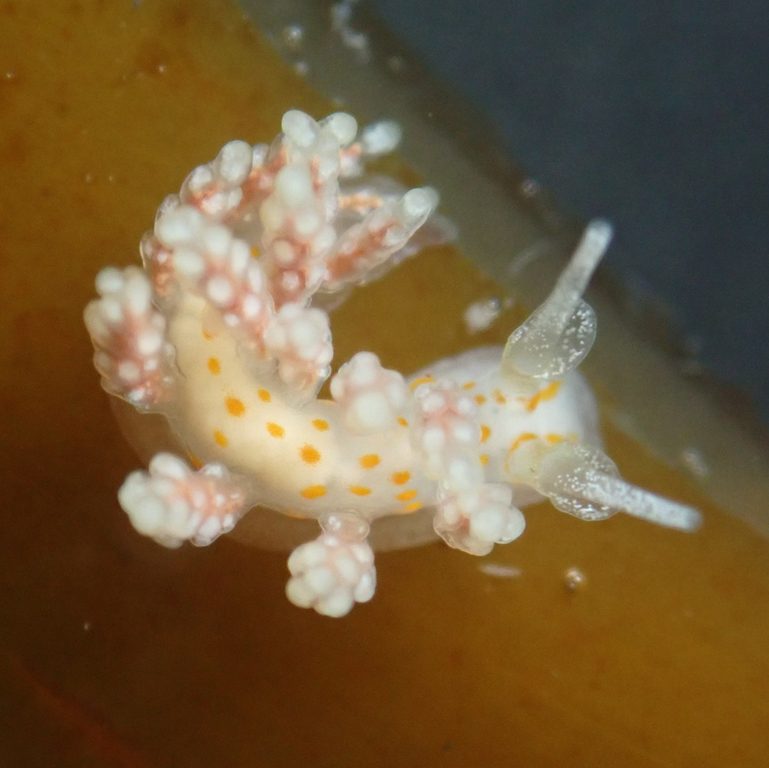

Mystery Doto
On February 7th, Trevor and I went to La Jolla to see who we could find at the tidepools, and meet up with some fellow tidepoolers and iNatters. I felt like it was going to be a good day because when I first went down to the pools a small eel was flapping around in a small pool! I don’t see eels too often, so I took this sighting as a good luck sign.
Not long after lying down and combing through a few pools I stumbled upon this odd looking nudibranch, a sea slug on some red algae, just below the water line. I immediately didn’t recognize it, but it only being 5-6mm long, its hard to tell sometimes who you’ve found, so I brought it over to Trevor. He had no clue. We knew it was in the Genus Doto, but the species? It still remains a mystery.
It was a great day to have fellow naturalists around, which included Elena, Bridget, Cynthia, and James. Everyone played a role in the discussion, and what to do with this mysterious slug. Elena proudly took over babysitting duty. The swell that day was kinda unpredictable and we almost lost this guy, who was in a small container. The waves almost got our stash of bags twice! Hectic day!
At the end of the tidepooling session, when the tide had come in too far, and multiple folks were water logged we had a discussion on what to do with this slug we still had in a container. I had messaged two nudibranch experts on iNaturalist after the initial discovery, but we didn’t get any responses. So it was the boys vs the girls. The boys pushed for keeping it, and the girls were a bit more hesitant. I was honestly quite skeptical it was anything new to science. But we came to a compromise and Cynthia was willing to hold onto it till the next day until we got an answer.
The answer came later in the day, and it was something surprising and verrrry exciting. Robin Argwal, whose super knowledgeable in nudibranchs of California said to collect it and get it to Cal Academy and Terry Gosliner. That’s exactly what Cynthia was able to do, and I’m so grateful for her and her partner who brought it up to the bay area to be put in the collections.
So, what’s next? As far as I understand it will be looked at, and potentially described by a lab at the Cal Academy this summer. Jeff Goddard
, who I also messaged sent photos to us of a diver’s photos of the same looking slug, but this one would be the first that’s collected. While it’s sad to kill an innocent creature for science, its essential to understand our Earth’s biodiversity which can lead to places being protected. So stay tuned, it may be my “best” find yet, or ever.
Tiny Eyeless Beetle



Another exciting find was this Fuchsina occulta, it’s ONLY 1mm, and was found in laurel sumac leaf litter. You can see the full comments from entomologist Boris Buche on the iNaturalist post (the first for its species).
What makes this little carmel colored beetle extra interesting is that it lacks EYEBALLS! If you live deep in the leaf litter, which is quite a dark space, so why would you need eyeballs anyway? In this dark and potentially damp habitat, they eat fungi like a larva and an adult.
Another small detail that may interest some, is that this species only has 10 antennal segments (the small stacked blobs that make up their antennae), but all other beetles in the Corticariini subfamily have 11 segments. There are other anatomical differences regarding the elytral and scutellar sculptures.
Read the full description from 1976.
Undescribed Moth?

This moth, while beautiful in its own special way, was a special visitor. After posting to iNaturalist, Jason Dombroskie (@jasondombroskie) commented “There are two species in the genus, one in SW USA and one in Sinaloa, Mexico. Also, this tribe is very poorly known with a lot of undescribed species. With a dissection we should be able to discern if it is H. hypostas or an undescribed species. I don’t think it is H. baboquivariana.”
Our observation is the only iNaturalist point in California, the rest are in Arizona and Mexico. Unfortunately, it never returned to the light, so we’ll never quite know who it is. But any time we get told we may have photographed an undescribed species it’s super exciting, as these photos may be very useful to someone, someday.






Our time in San Diego included a lot of scorpion hunts, we saw 14 species, and uploaded 43 observations, mostly thanks to Trevor’s dedication to flipping rocks and logs. The two special species were Kovarikia williamsi and Anza-Borrego Hairy Scorpion Hadrurus anzaborrego.
Plant Extravaganza
During our three months, we recorded 564 species of plants, which spanned 899 observations. We didn’t “Bioblitz” anywhere or attempt to record every plant in a location, more so focusing on “new-to-us” plants. Below are some of my favorites, for their looks, for their rarity, or the trek and a half it took to get to them.


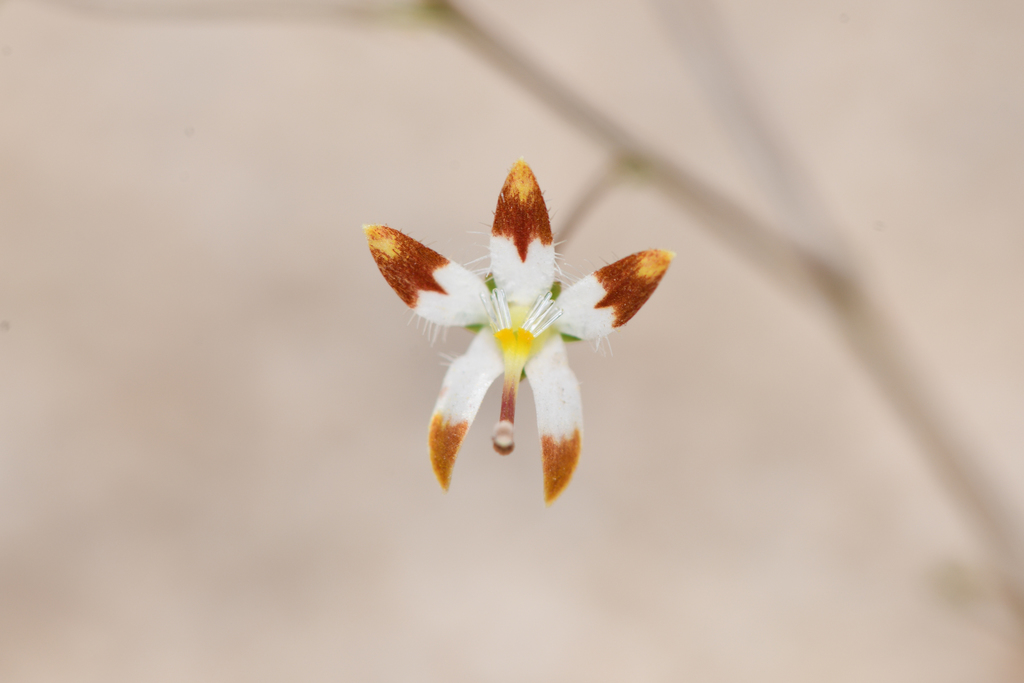



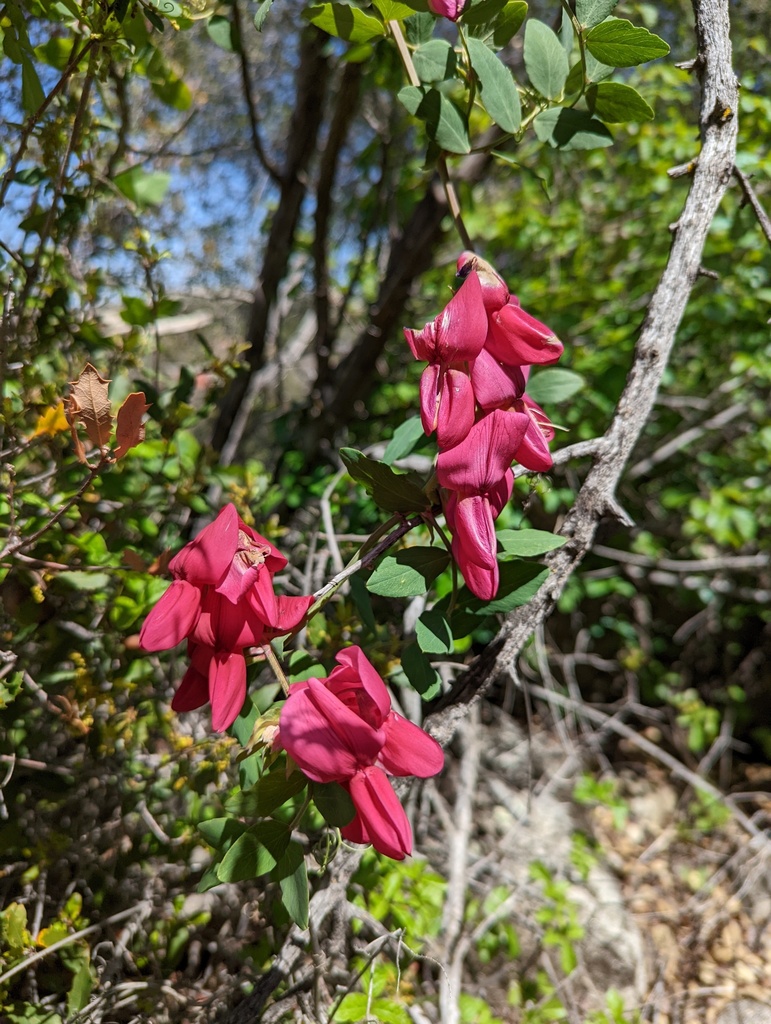



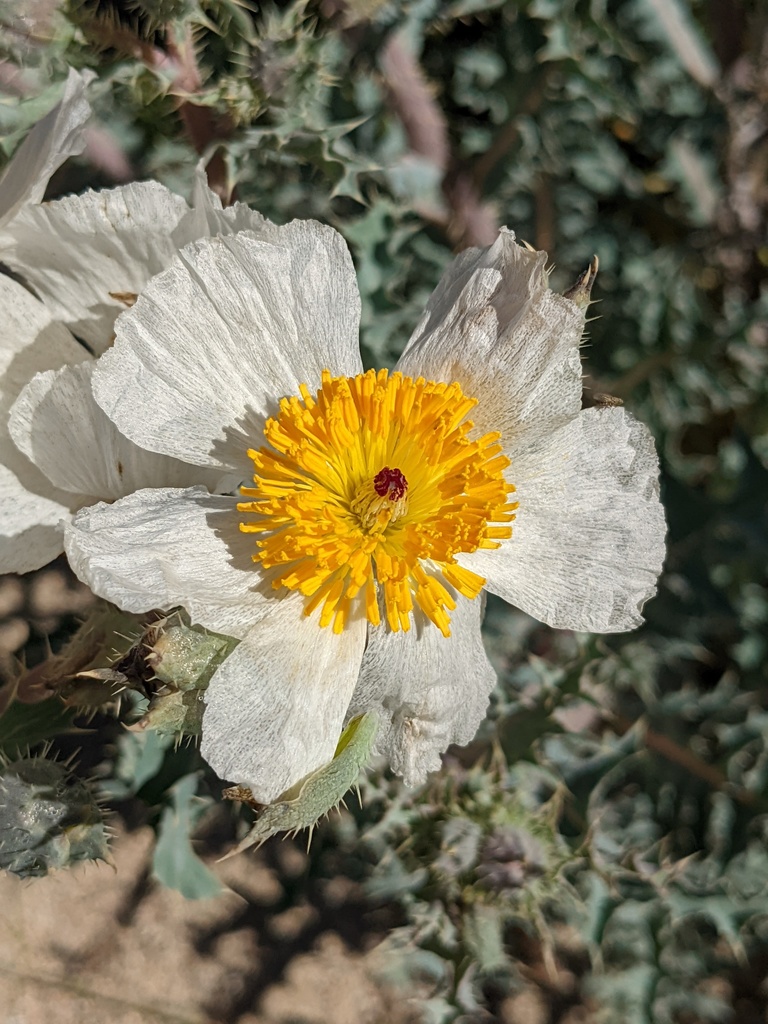


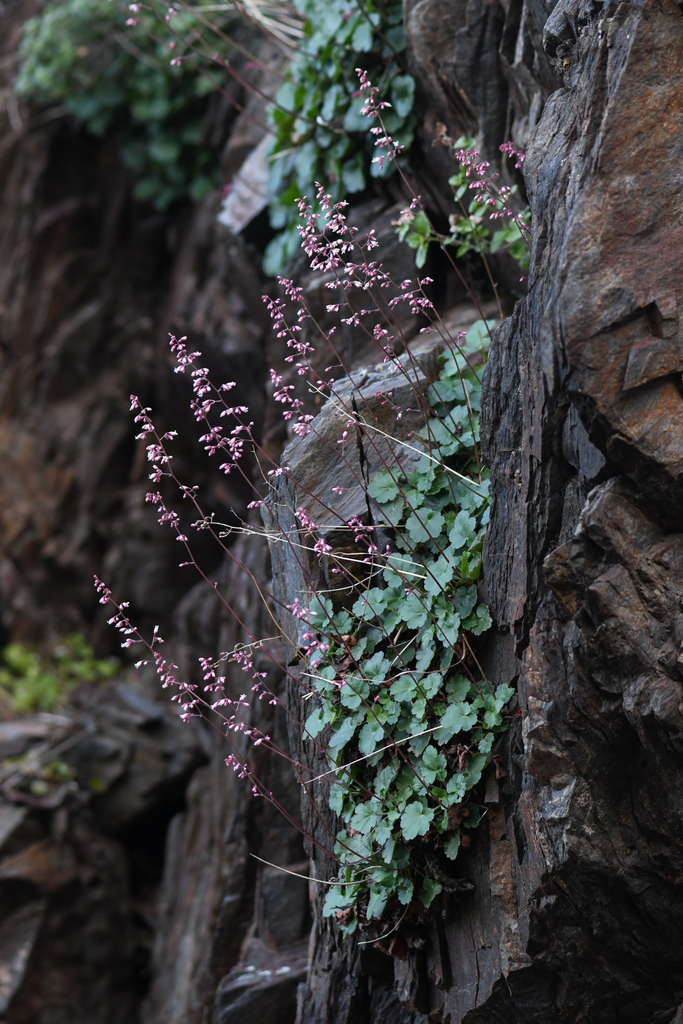

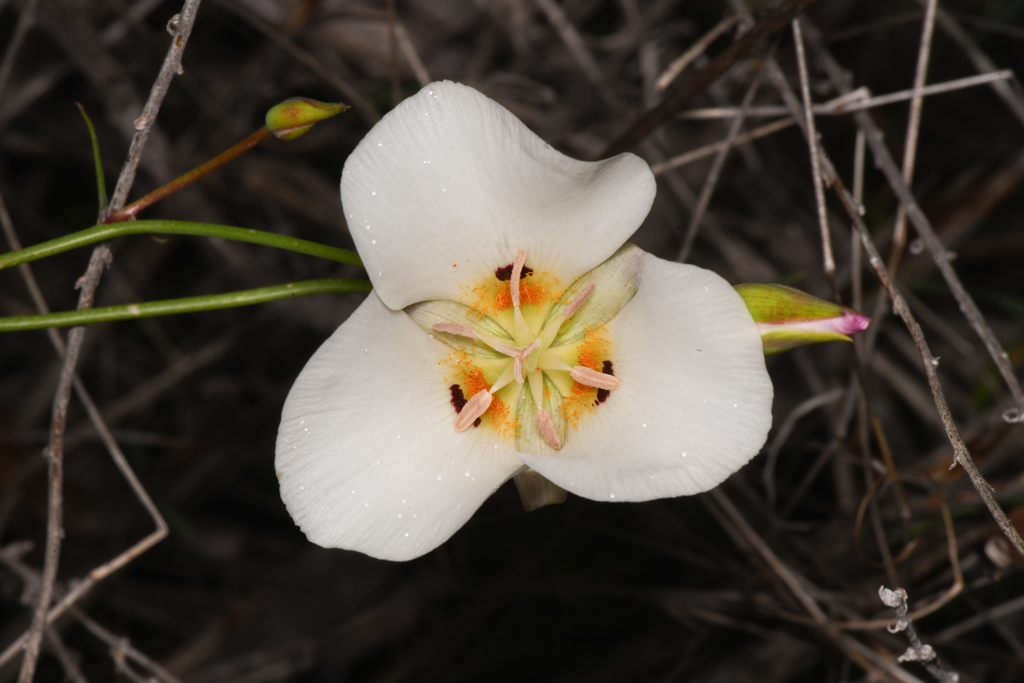
Two plants that were new to us, or “lifers” we actually found at the exact same spot. Those were Pink Velvet-Mallow Horsfordia alata and Palmer’s Indian Mallow Abutilon palmeri, pictured below. Looking back at the photos brings back a wave of exhaustion and borderline sensations of heatstroke. Ooof.
The botanical adventure which concluded with these plants started at Vallecito Stage Station County Park within the Anza-Borrego Desert State Park area. We went out on a very warm day, starting out early, but our route was long and without trail for most of it. We explored washes, a valley between two hills, summited a small pass between these hills, and down back around towards our starting location. We got scratched, sweated, and almost finished all our water. We ended up drinking 6-7 liters each that day.



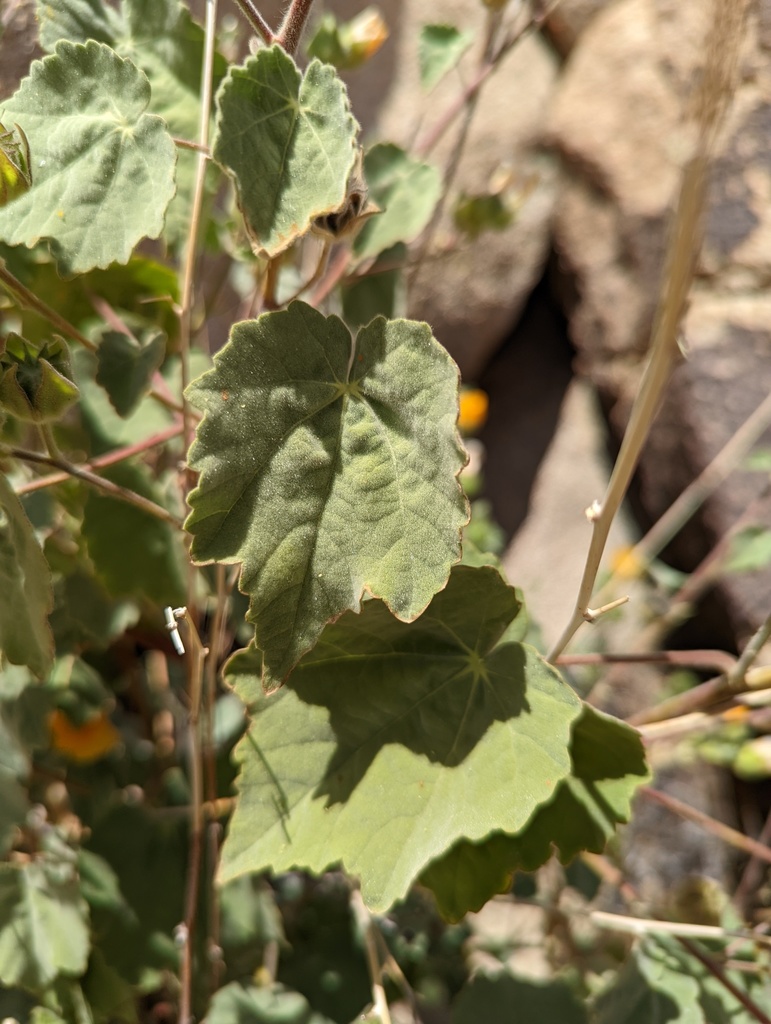
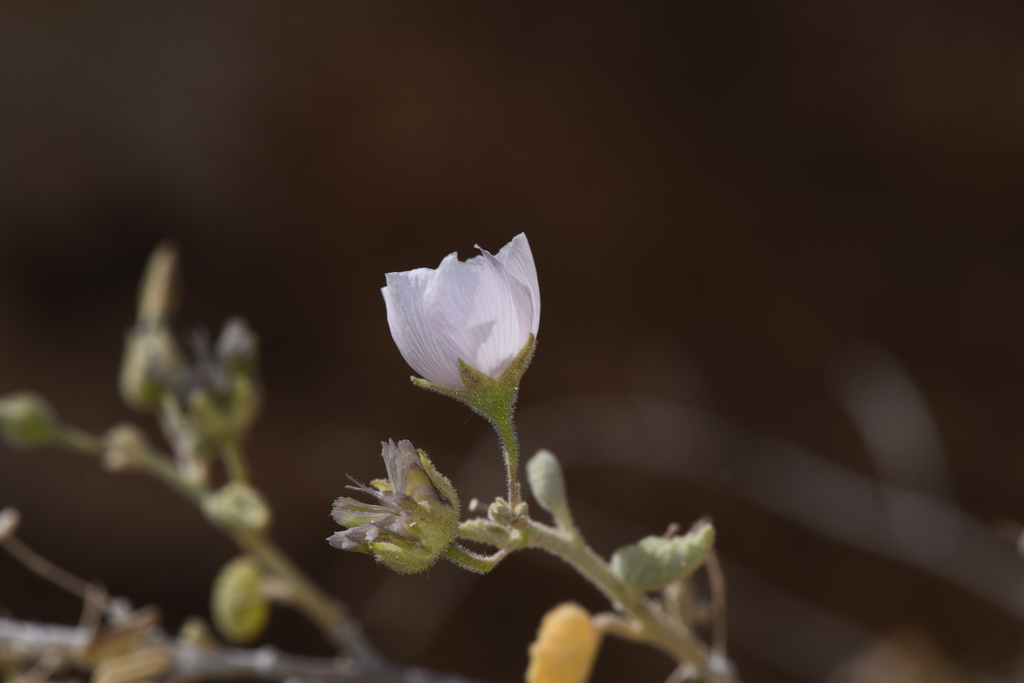



Only Photos of this genus

Family Kinnaridae is all we have for this tiny planthopper. This little guy was swept from foliage while in Henderson Canyon, a canyon in Anza-Borrego SP. Miraculously, this individual is a member of a new genus, which is undescribed, and therefore has no photos of it online. Ours are the only ones. Having the only photos of species happens a few times a year for us, but never at the GENUS level! So while we know it’s a member of the Kinnaridae family, commonly known as Kinnarid Planthopper. These planthoppers can be found worldwide with over 100 species.
Who are you? Unknown Four O’Clock


We went on a cooky off-trail adventure during one of our last weekend adventures through an area that was burned a few years ago. We went in search of plants, of course, finding many new lifers to us. But this one was and still remains a mystery. John Rebman, CA Botanist, and plant taxonomist confirmed on our iNat observation that this is a weirdo, and unknown member of the Genus Mirabilis.
Unknown Host plant no more

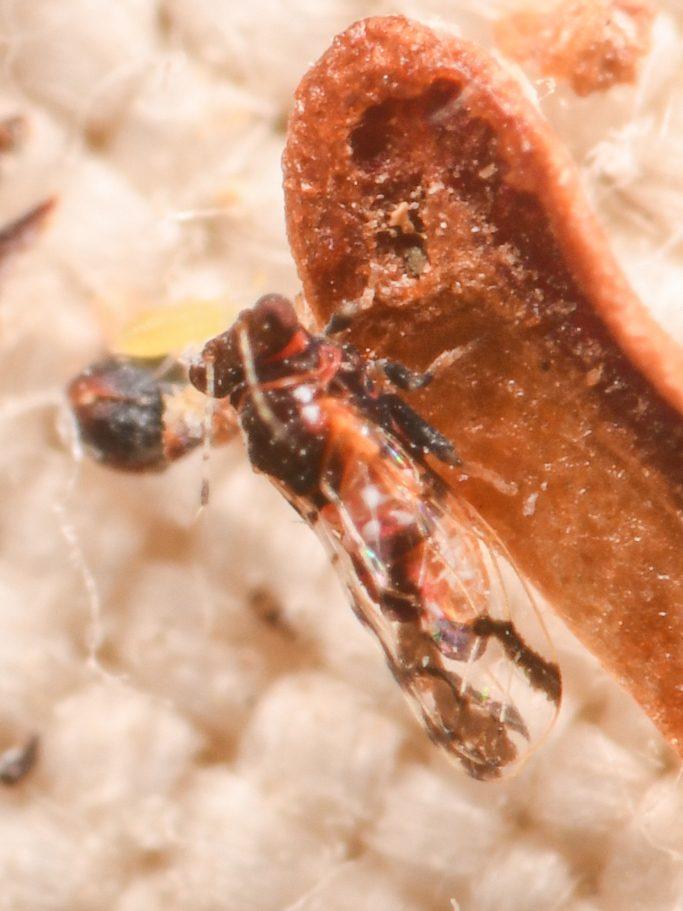

During a trip to Anza-Borrego State park, known as the desert to any San Diego resident we endured a short but HOT HOT HOT hike to see an Elephant Tree (Bursera microphylla). This tree is a weirdo amongst the catci and other shrubbery of the desert. Only a few individuals are left of this tree species, representing it’s most northern range.
While I was nature journaling the Elephant Tree, Trevor swept it for insects. He found this psyllid, and collected it because he recognized its unusual-ness. Normally, not something to do within state park boundaries, but it was absolutely worth it. Turns out this psyllid had been seen before, currently undescribed, but what plant its host is on was a mystery. A fellow iNatter returned later and collected more, and now the rumor is that these specimens will be described at some point, as we both sent them off to a researcher who we’ve sent other specimens before.
Critters with 4, 2 and 0 legs
We saw an incredible diversity of birds, lizards, snakes, and a few mammal sightings too. Every snake we came upon was a small heart attack, but spotting the speckled rattlesnake on our last evening walk in Fernbrook was incredible! The bobcat playing with a mole right outside our kitchen window was definitely a highlight!


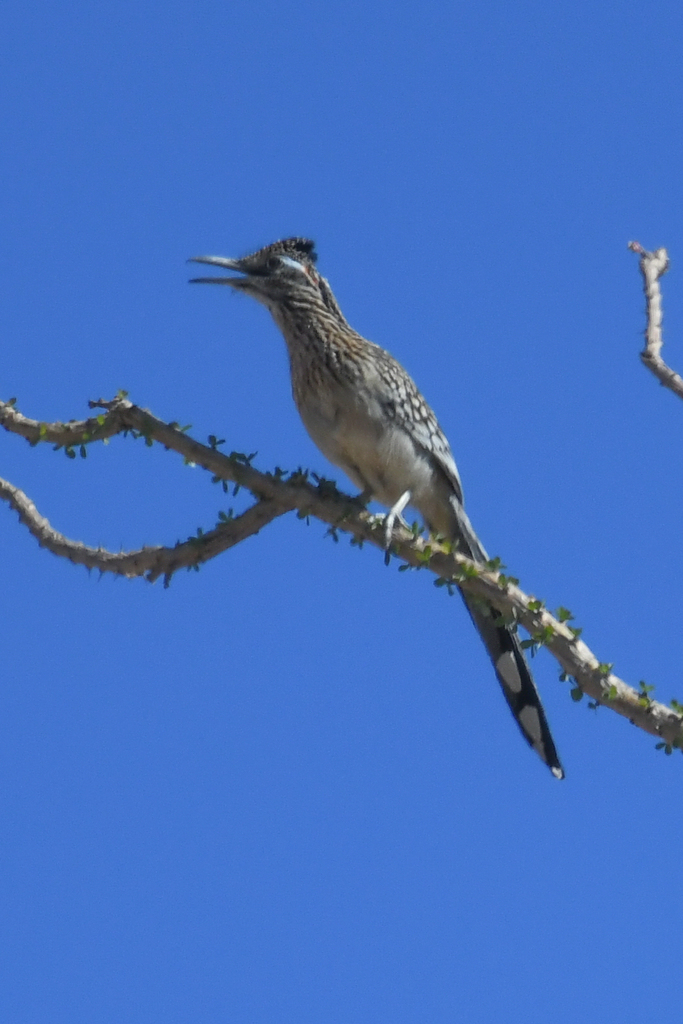





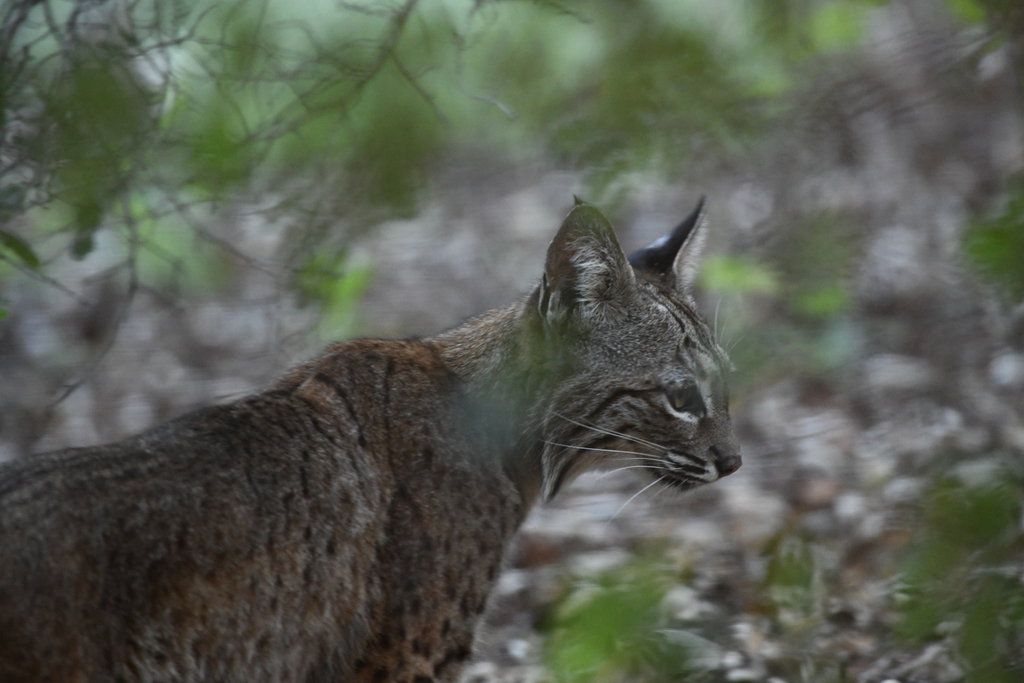
As you can see we saw an incredible diversity of critters while in San Diego County, but we also showed how there is still so much to learn and discover. Who knows if this will be the spot where we make our biggest contribution to science yet! Lots to discover out there folks, just got to get out there and start looking!
Hope you enjoyed reading about our time in Fernbrook, or at least scrolling through our photography!
Resources
- Fernbrook Airbnb
- San Diego is a “biodiversity hotspot.”
Awesome.
LikeLike
Definitely was!
LikeLiked by 1 person
Interesting read and valuable study.
LikeLike
Sounds like you had a wonderful and rewarding time! Great stuff! We are looking forward to seeing you! G and G 💕 🐌🐛🐜🐝🐞🕷
LikeLike
Thanks! We definitely did! Looking forward to seeing you both soon too!
LikeLike
Fascinating blog Chloe – thanks for sharing.
LikeLike
Thank you for reading it!
LikeLike